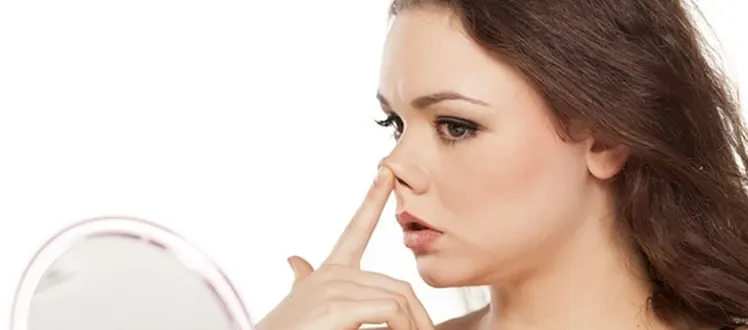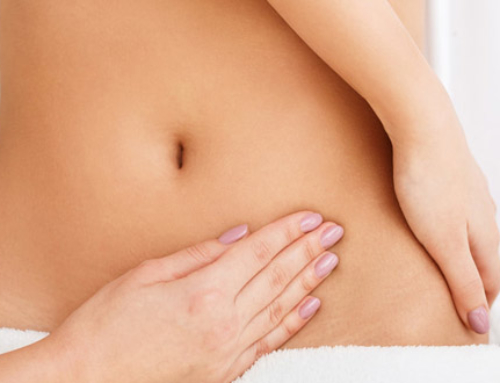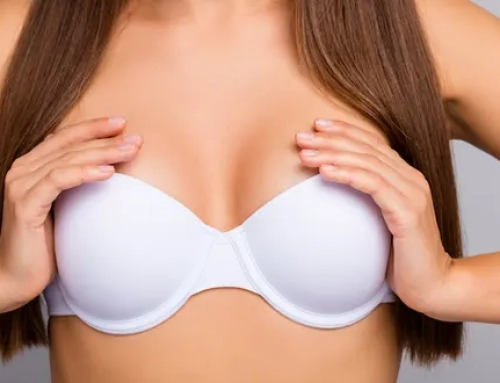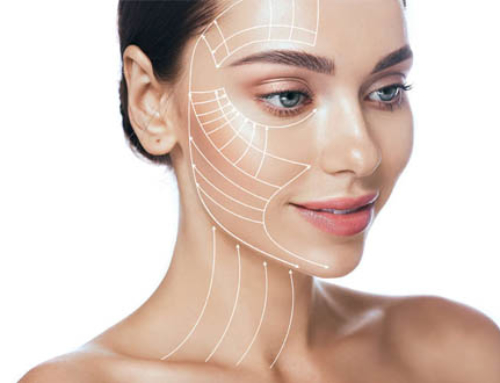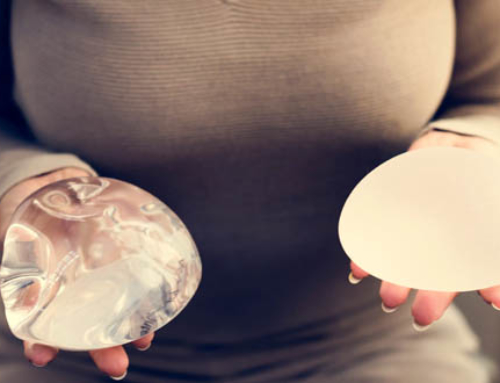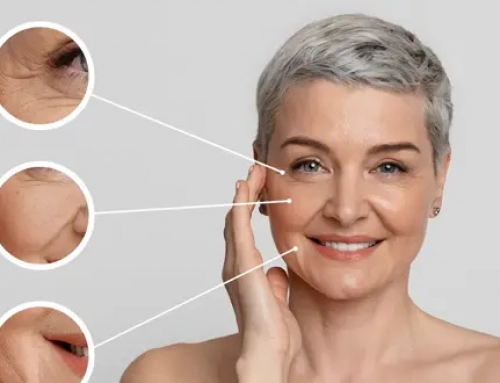As always, the patient’s objective is at the center of the operating plan, which is determined during the preoperative consultations. To simplify the nose structure, there are 3 different areas to distinguish : the bridge with its lateral sides (seen as a pyramid), the nasal tip (central part of the nose, between the nostrils) and the nostrils.
Rhinoplasty surgery can modify unwanted characteristics in each of these parts. The consultation, with the help of photographs, will help identify which characteristic the patient wants to get rid of and visualize the results of all possible changes. These possibilities have a lot to do with facial harmony. The nasal bridge has to extend with an adequate sized tip. For instance, a tip with thick skin around it, which cannot be reduced through surgery, limits the possibility to refine the bridge.
Rhinoplasty results partly depend on wound healing, which is determined by genetic factors as well as postoperative care. In order to achieve the best possible result, the surgical technique has to be as least traumatic as possible by focusing on efficient corrections in terms of result.
Nasal hump
Nasal humps are the main reason patients chose to undergo rhinoplasty. These can be seen from a side view angle. Nasal humps are bony and cartilaginous. They can be removed surgically to straighten up the nose or slightly curved for women. Nasal hump removal also pushes back the entire nose for patients bothered with excessive projection.
Width of the nose
The width of the nose can be reduced for patients who find their nose to be too large. Nose width reduction makes sense considering the previous correction. This recreates the nose pyramid changed by nasal hump removal.
Nasal tip corrections
Improvements in shape, projection and other characteristics can be achieved by removing parts of the cartilage at the center of the nose : the alar cartilage. This correction reduces the volume of the tip and pushes it back. This correction can be difficult or unrealistic in case of thick skin, because it is the skin that contributes to the roundness of the tip and removing part of the cartilage will not offer satisfying results.

